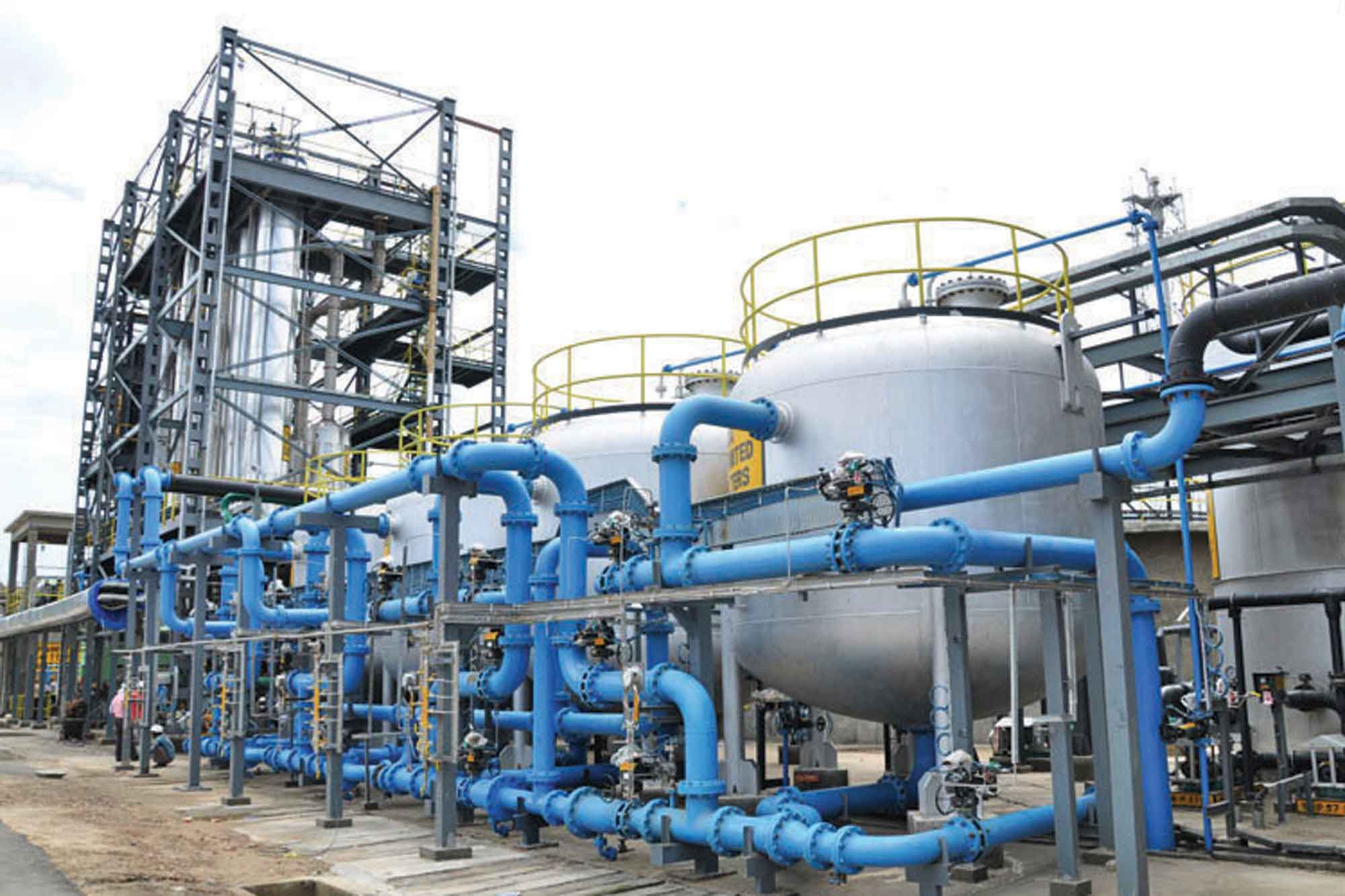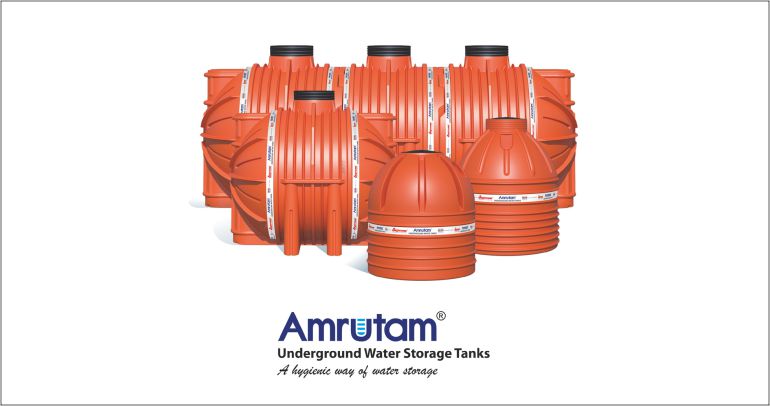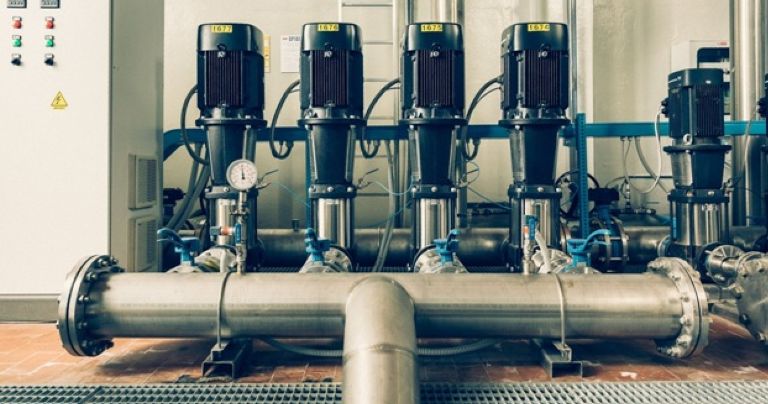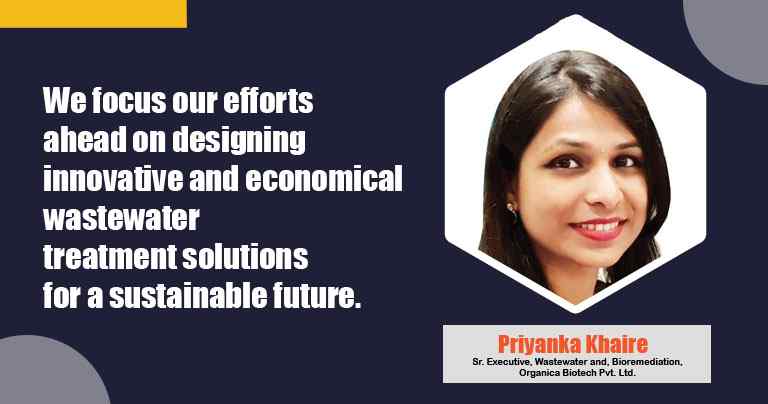Moving towards zero discharge
By Edit Team | May 7, 2015 6:20 am SHARE

This article explains the advanced technologies that help in re-utilisation of waste water across industry
Water scarcity is a global problem that needs no introduction. With increasing population and pollution of surface and ground water sources, the problem is aggravated with each passing day. Indiscriminate industrial development and exploitation of limited water sources are compelling every industry to seriously address the problem. Availability of water itself has become a serious threat. Therefore industries are considering many options to reduce their water usage and to recycle water to the extent possible, including selection of manufacturing technologies which use minimum water and produce less waste water. As the cost of water increases, legislation becomes more stringent and enforcement stricter, water recycle becomes a very viable option. While recycling of waste water has gained significant popularity over the last decade because of the reasons mentioned above, elimination of the rejects or approaching zero discharge is still not a very viable proposition in many cases. It hence becomes necessary to identify avenues for recovering material/by-product from the effluent stream, thereby making it easier to treat, while also increasing the economic viability of such recycle proposal.
Total water management approach to recycle of waste water
Waste water recycle should take shape at the drawing board stage in contrast to the traditional approach of designing the raw water and waste water treatment plants (end of pipe solutions) separately (Figure 1). This will enable planning for water recycle at the design stage itself. The benefits are many (Figure 2).
We will now discuss some of the technologies for recycling of effluents.
Membrane Bio-reactor
Membrane bio-reactor (MBR) technology is one of the latest technologies in biological treatment. Submerged membranes are used in place of clarifiers to separate sludge from the waste water so as to produce high quality permeate. These MBRs can handle very high sludge concentrations in the aeration tank because of which the size of the aeration tank reduces four to five fold. As the membrane acts as a fine filter, it does not require any further treatment using sand filters, activated carbon filters, etc. MBRs are widely accepted and used in the recycle of domestic sewage also.
Ultra filtration
Ultra filtration (UF) is a very important technology in waste water treatment. It has many applications in waste water recycle, some of which are widely used, as listed below:
• Pretreatment to reverse osmosis (RO) for producing good quality water
• Colloidal silica removal
• Caustic recovery
• Colour removal
• Bacteria and virus removal
• Oil emulsion waste treatment
• Treatment of whey in dairy industries
• Electrocoat paint recovery
• Concentration of textile sizing
• Concentration of gelatine.
UF is mainly used as a pretreatment to nano filtration (NF) and RO so as to reduce the silt density index (SDI), a parameter important to avoid NF/RO fouling.
Nanofiltration (NF)
NF has a pore size much smaller than UF and hence can reject many colour-causing elements. NF can very effectively separate dyes and concentrate them too. This method of concentration and purification reduces the loss for dyes. Also, when dyes are removed from the concentrated salt solution, they can be reused in the process thereby reducing the pollution load and also saving water and salt.
Reverse Osmosis (RO)
RO is increasingly used in recycle of waste water for producing good quality water for reuse in the process. There is good improvement in membrane element design in terms of reducing fouling potential and increasing the life of the membranes. Low cost of membranes is making its application a viable option.
RO is a membrane technology used for separation of salts from waste water so as to make it reusable in the process.
RO is more useful to separate salts and organic compounds from effluents which are pretreated for removal of suspended/colloidal matter and certain pollutants which are likely to foul the RO membrane systems. As some effluents contain high amounts of dissolved salts, RO is a suitable technology for separation of these salts and for producing permeate which can be used in the process.
Ion Exchange
While membrane processes have become the technology of choice for recycling, ion exchange technology – in which the contaminated water is treated by passing it through a suitable column of ion exchange resin, is not to be ignored. Since the process of ion exchange is reversible the capital cost as well as disposal cost of ion exchange resin is low. In effluent recycle schemes, these resins can be used for proper pretreatment, organic reduction, colour reduction etc.
Eletrodialysis (ED)
This is an electro-membrane process in which the ions are transported through a membrane from one solution to another under the influence of an electrical potential. ED can be utilised to perform several general types of separations such as separation and concentration of salts, acids and bases from aqueous solutions or the separation and concentration of monovalent ions from multiple charged components or the separation of ionic compounds from uncharged molecules.
Electrodialysis is used widely for production of potable water from sea or brackish water, production of ultra pure water etc.
Following are some new applications in ED separation process:
• Recovery of organic acids from salts
• Deacidification of fruit juices
• Heavy metal recovery
• Acid recovery from etching baths, pickling liquors, etc.
• Treatment of plating waste waters
• Demineralisation of whey, soy sauce, sugar, fruit juice and organic acid.
Conclusion
In conclusion it can be seen that detailed site analysis and piloting are essential to have a successful recycling programme. Detailed studies on the effluent, its behaviour on membranes of different polymeric construction and pore size, and chemistry enable design of a suitable system which meets the requirements of viability and sustainability in the long run.
A combination of the above technologies is used in the industry for managing industrial waste water. These are the proven technologies and many such installations are working in various industries. It is of utmost importance to involve water management specialists right from the planning stage of the project so that the most optimum solutions can be developed. Priority should always be given to source reduction and product recovery rather than end of pipe waste water treatment. Best technologies should be adopted for recovery and recycle of water from waste water. Final effluents which cannot be recycled should be treated and disposed of in an environmental friendly way.
Apart from industrial waste water, nowadays, because of water scarcity, it is very important to recycle domestic sewage and the recycled water can be used for low end applications such as gardening, toilet flushing etc. Innovative and very compact sewage treatment systems are available and are working efficiently at various hotels, hospitals, and commercial and residential complexes. The domestic waste i.e. sewage and sullage, can be treated and recycled with the help of very innovative technologies such as membrane bio-reactors, fluidised media reactors, rotating bio- contactors, sequential batch reactors etc.
In short, waste water recycling is the only holistic solution to the water scarcity and can meet the growing demand for good quality water even as water scarcity and pollution increases.n
Authored by__
G. Sridhar, Associate Vice President – Southern Operations,
Ion Exchange (India) Ltd.
Cookie Consent
We use cookies to personalize your experience. By continuing to visit this website you agree to our Terms & Conditions, Privacy Policy and Cookie Policy.




















































